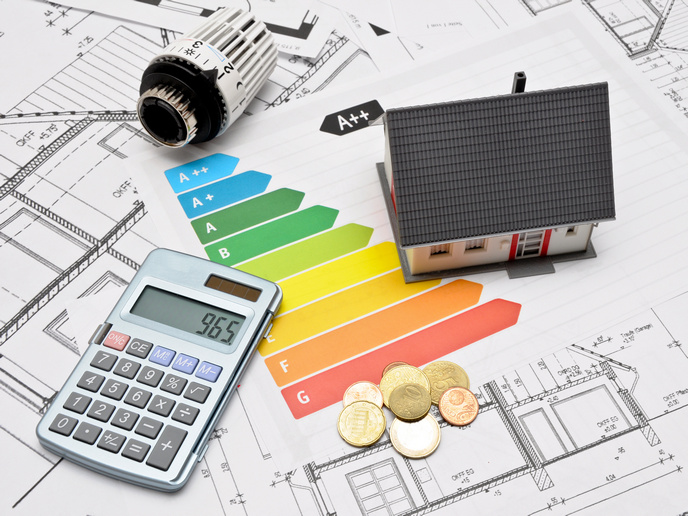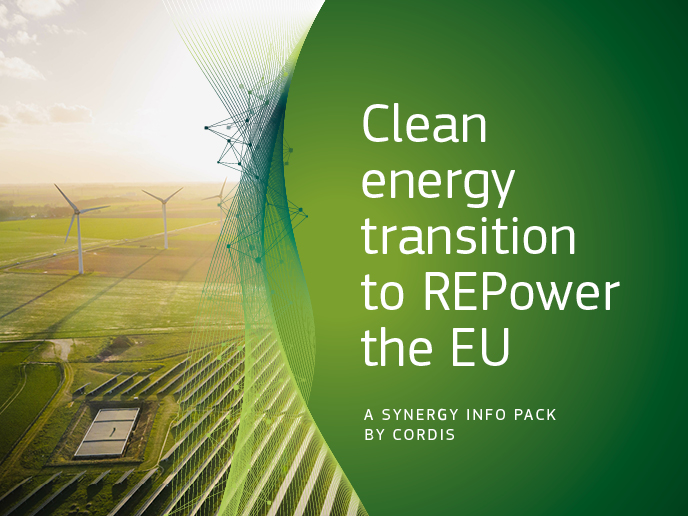Helping homeowners say yes to energy efficiency renovations
They don’t call Europe the ‘Old Continent’ for nothing. Just take its building stock, for example. Of the estimated 250 million houses scattered across Europe, a mere 10 % were built within the past decade. That means that not only are these homes old, they’re also grossly inefficient. In fact, buildings are Europe’s largest energy consumer – responsible for 40 % of the EU’s total energy use. Luckily, these inefficient homes can be made energy-efficient through renovation. The challenge is to get homeowners to undertake such renovation work. According to the European Climate Foundation(opens in new window), EU citizens are willing to carry out energy renovation in their homes in order to, amongst other things, pay less in energy bills. The problem is that many are reluctant to do so due to perceived costs and the complexity involved in organising renovation work. Bridging this gap between desire and reluctance are initiatives such as the EU-funded NEEM(opens in new window) project. Through the Nordic Energy Efficient Mortgage (NEEM) Hub, the project looks to close the energy efficiency gap in the Nordics. “The energy efficiency gap describes the phenomenon where many profitable energy renovations are not undertaken simply due to a lack of awareness among households and high transaction costs,” says Astrid Nielsen, an economist at Copenhagen Economics(opens in new window), the project’s coordinating partner.
A solution to meet demand
Research conducted by the pilot confirmed that Nordic households are indeed very interested in receiving sound advice on energy renovations. When called by a bank advisor, 96 % said they wished to receive NEEM’s digital energy screening. Following such screening, 70 % of all households said they wanted to receive more specific offers on concrete energy renovations. Knowing that the demand was there, the NEEM Hub was designed to deliver the information and support households needed to move forward with an energy efficiency renovation with confidence. “We developed the hub as a means of simplifying and automating the process of finding profitable energy renovations for residential houses,” adds Nielsen.
Data-driven and tailored recommendations
The NEEM Hub provides individual, data-driven, easy-to-understand recommendations for optimising a home’s energy efficiency. What’s more, the service is free of charge. To start, it uses an energy efficiency meter to estimate a home’s actual energy efficiency performance. The meter takes into consideration such factors as hourly energy consumption, weather data, wind tightness, and insulation. With this data in hand, the hub then calculates energy renovation costs and savings for different levels of energy labels. After identifying the best label for a specific home, the customer is provided with concrete recommendations for conducting the renovation. “Our goal is to ensure that the only thing a household needs to do is say ‘yes’ to receive a tailored action plan that is profitable for the individual home,” remarks Nielsen.
Automating efficiency
The NEEM project successfully developed an automated solution for facilitating energy efficiency home renovations. While more work needs to be done to include such steps as selecting and coordinating contractors, the project hopes to convert its research into a viable commercial solution. “Closing the energy efficiency gap is essential to achieving the EU renovation wave(opens in new window) strategy’s goal of renovating 35 million buildings by 2030 – a figure that, if achieved, would take a big bite out of the building stock’s total energy use and put the EU well on its way to achieving its ambitious climate goals,” concludes Nielsen.







